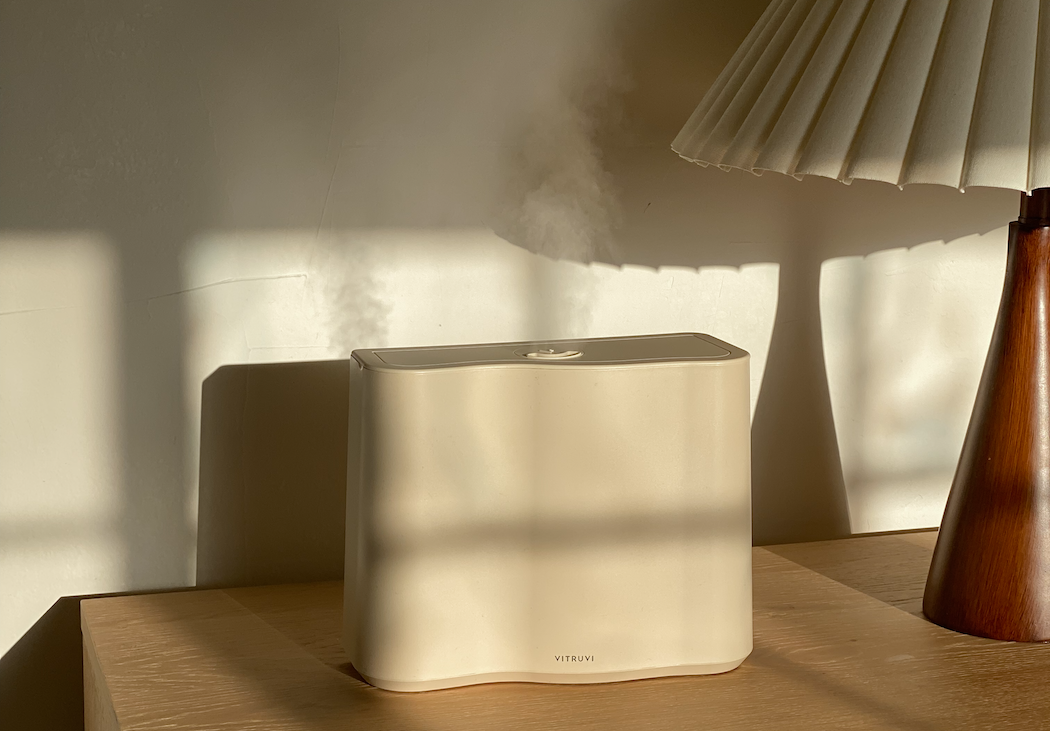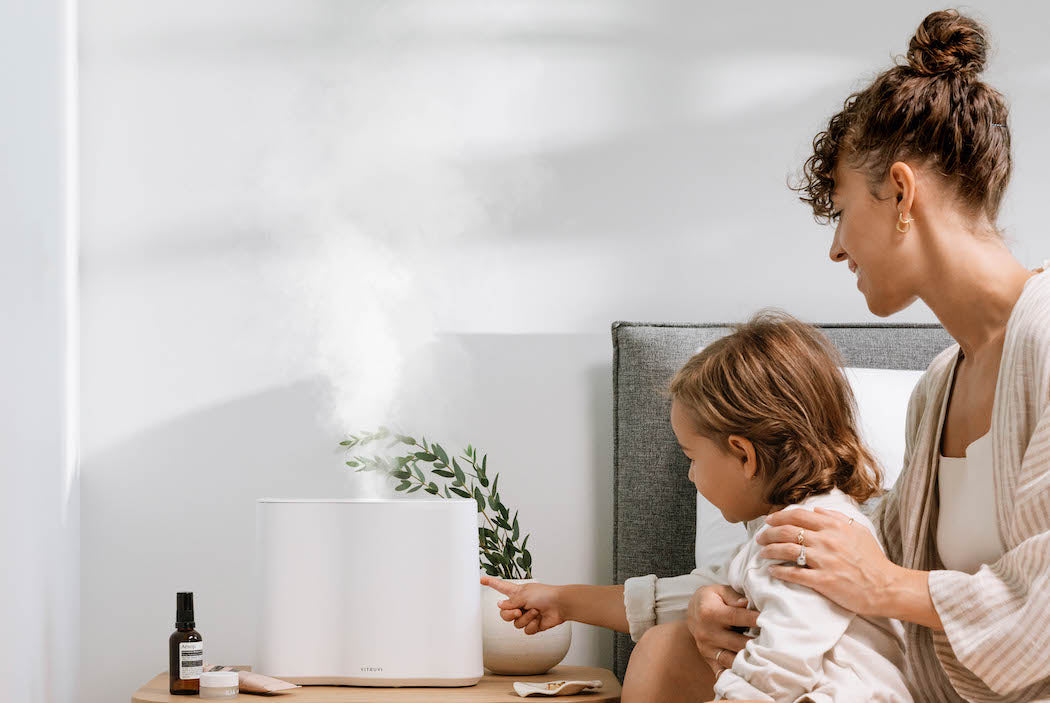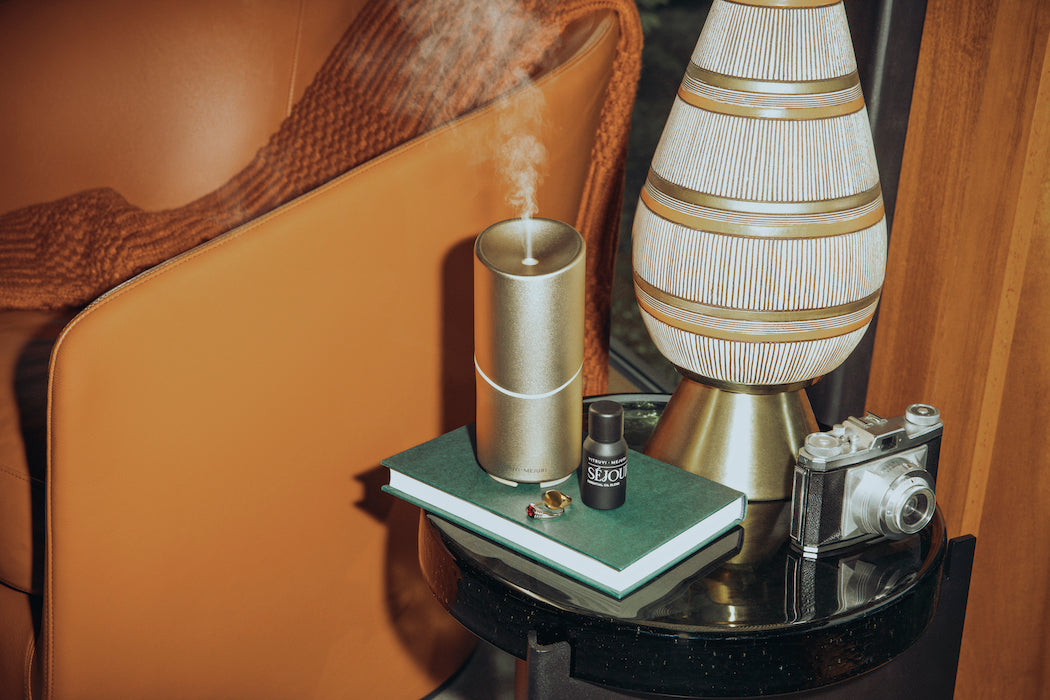The connection between smell and emotion, and between memory and mood, is well established—we don’t need to explain again why humans feel the need to scent their homes. But then there’s the flipside: is there a possibility that inhaling some fragrances might harm our health? And if so, how?
A lot of the reason we smell something is because our noses detect volatile organic compounds (VOCs): substances that vaporize when released into the air. When it comes to room fragrances, these can be vaporized by diffusing, heating (like plug-ins or candles), or turning them into tiny droplets with an air-freshener spray.
Some VOCs are pretty harmless, like coffee or the smell of a flower. But the VOCs in synthetic room fragrances tend to be substances that may be harmful to health. Formaldehyde and benzene derivatives are carcinogens, while phthalates are endocrine disruptors that are said to interfere with hormones, potentially leading to reproductive issues or types of cancer. On a day-to-day level, Dr. Karen Bartlett, a professor at the University of British Columbia and expert in inhalation toxicology, says fragrances may also trigger asthma attacks in around three or four per cent of people. Some people also complain of problems like headaches, fatigue, and dizziness.
These issues aren’t necessarily caused by fragrances themselves, but rather the chemicals within them. “Picture a head and slice it in half. We have a nerve called the trigeminal nerve. One arm goes to the tongue, one goes to the nose, giving us the ability to smell. And the other goes to the nose, but it doesn’t detect odor—it detects chemical irritancy,” Bartlett says via phone. “That is what is provoking many people. It’s perceived as smell when it’s something like a room deodorizer because there’s so much perfume there, but even if that wasn’t perfumed, people might react to the chemical irritant.”
Why do some synthetic smells and chemicals linger so long? Cast your mind back to high-school science. Our world is constantly in search of equilibrium, which means that when there’s more of something in one area, it will move to the place that has less of it in order to create balance. “We’ve got a liquid chemical that has been made into a gas because it’s volatile,” Bartlett explains. “That gas will come into equilibrium with building materials. Something like carpet is a really efficient ‘sink,’ and so it will hold onto the smell and the chemicals and take a really long time to get rid of it. We call that process off-gassing.”
While Bartlett says that the physics works in the same way whether we’re talking about a natural perfume or a synthetic one, it’s worth noting that synthetic substances like phthalates are designed as a fixative to make fragrances last longer. In other words, there could be a reason the aroma of the previous tenant’s scented candle lingers after you’ve moved in, while the aroma of your all-natural diffuser blend is gone in an hour or two.
When fragrance ingredients have been absorbed by your soft furnishings or other building materials, it can take a long time for them to be released—and as they are, it may be harmful to your health. Bartlett says that there are some things you can do, though: remove the source; turn up the heat as much as you can (while being mindful of the environmental cost, of course); and turn the ventilation on full blast with outdoor air.
Whatever you do, don’t try to mask a nasty odor with a good one. “The bad odor needs to be fixed,” Bartlett says. “If you’re covering something up, make sure that what you’re covering isn’t dangerous.” To which we’d add, make sure that the ingredients you’re using aren’t doing more harm than good—otherwise, you may end up with more than a bad smell.












